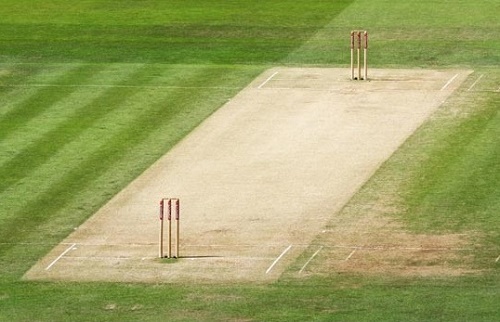Are you able to breathe life into an old, neglected cricket wicket?
In order to standardise the playing surface and supply a pitch that you can use in all circumstances, a large number of leisure centres, educational institutions and cricket clubs use synthetic wickets. Though artificial cricket wickets are definitely hard-wearing than organic pitches, they also need regular upkeep to keep them in pristine condition. Fortunately, even ancient, neglected pitches can be brought back to life with a little bit of TLC and also right treatment plan.
Artificial Wickets
Artificial wickets are generally installed on either a dynamic (stone) or non-dynamic (macadam or concrete) base. The top of the cricket wicket itself is made from good quality short pile carpet that is either wood edged and nailed or nailed directly into the aggregate. Shock pads are also fitted beneath the surface of the pitch to guarantee the cricket ball bounces nicely and also that the synthetic surface responds exactly the same to the ball all the time, regardless of the elements.
Maintaining An Artificial Pitch
Like all man-made surfaces, synthetic cricket pitches should be carefully maintained if they’re to offer the very best playing wicket throughout the year. Our recommendation is that anyone using an synthetic cricket wicket really should make use of a yearly deep clean schedule, level the batting region often and use a minimum of one chemical treatment plan twice yearly.
This site www.artificialgrassmaintenance.co.uk/cricket-pitch-wicket-maintenance-installation has a lot more information on the main topics laying an artificial cricket wicket.
In spite of frequent maintenance, cricket wickets may deteriorate with time, shock pads can solidify and surfaces can become irregular. If you notice that the bounce of the ball has started to become uneven or that the wicket looks tired and worn, it might be the perfect time to give your synthetic pitch a facelift.

